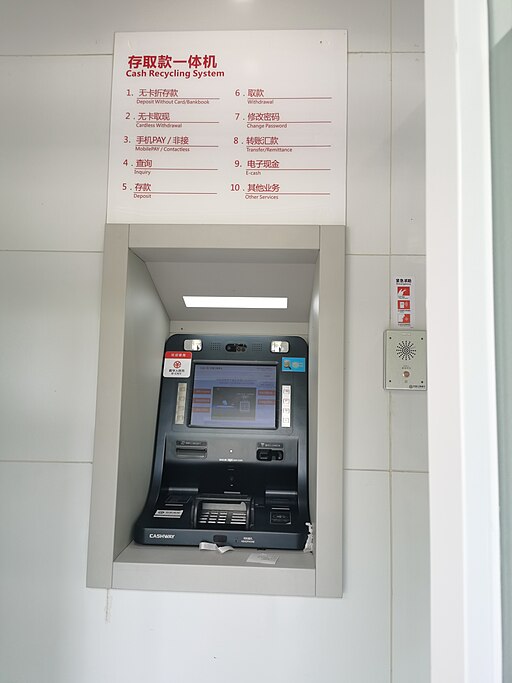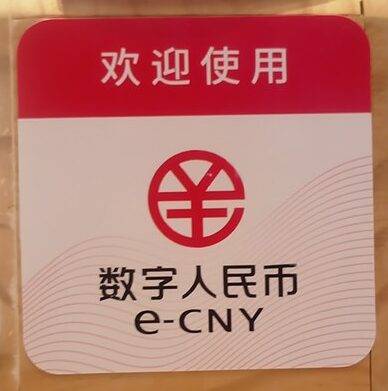Mu Changchun, the director of the People’s Bank of China’s (PBOC) Digital Currency Research Institute, recently emphasised the necessity of making the digital yuan accessible and convenient for all types of retail transactions in a lecture. He stated that the digital yuan, also known as e-CNY, should work with a variety of payment scenarios and devices, including smartphones, smart watches, QR codes, and facial recognition.

The digital yuan has far-reaching ramifications for the global economy and financial system. China has a tremendous influence on global trade and finance being the world’s second-biggest economy and largest trading nation. The digital yuan has the potential to boost China’s economic competitiveness, financial sovereignty, and geopolitical might. It might potentially undermine the US dollar’s dominance as the world’s reserve currency, facilitating the internationalisation of the yuan, China’s official currency.
Mu also defined the digital yuan’s four primary characteristics: adjustable anonymity, loose coupling, offline payment, and smart contracts. Controllable anonymity, he noted, implies that the digital yuan protects users’ privacy while adhering to anti-money laundering and anti-terrorism financing legislation.
Because of the loose coupling, the digital yuan does not rely on bank accounts or cell phone numbers to work. Offline payment refers to the transfer of digital yuan between users who do not have access to the internet. Smart contracts denote the ability of the digital yuan to allow programmed functions such as automatic payments and expiration dates.
According to Mu, the PBOC has been conducting digital yuan pilot tests in several Chinese cities and regions, involving more than 140 million personal wallets and 10 million corporate wallets. According to him, the pilot testing encompassed a wide range of scenarios, including public transport, catering, e-commerce, utility bills, and government services. He went on to say that the PBOC will continue to broaden the scope and scale of the pilot testing, as well as collaborate with other countries and regions to investigate cross-border applications of the digital yuan.

Mu emphasised that the digital yuan is not meant to replace currency or existing payment methods, but rather to supplement them and give consumers and companies more options. He stated that the digital yuan is legal tender issued by the PBOC and that its value is supported by the central bank’s full credit. He also stated that the digital yuan is secure and trustworthy, and that its design and operation adhere to the ideals of stability, security, efficiency, and inclusivity.
However, there are certain hurdles and hazards surrounding the digital yuan, such as technical issues, regulatory ambiguity, public acceptability, and international coordination. Furthermore, the digital yuan raises issues about privacy, surveillance, and cybersecurity because the PBOC would have access to a massive amount of transaction data and will be able to monitor and manage the movement of money. The digital yuan may also pose a danger to existing financial intermediaries, such as banks and payment platforms, by causing them to lose market share and revenue to the PBOC.
The digital yuan is an innovative and ambitious project that has the potential to transform the future of money and banking. It is also a strategic initiative by China to obtain a competitive advantage in the burgeoning digital economy and to demonstrate its global leadership. The digital yuan is a question of politics and power as much as technology. As a result, authorities, corporations, and consumers all across the world must pay close attention to its evolution and influence.




